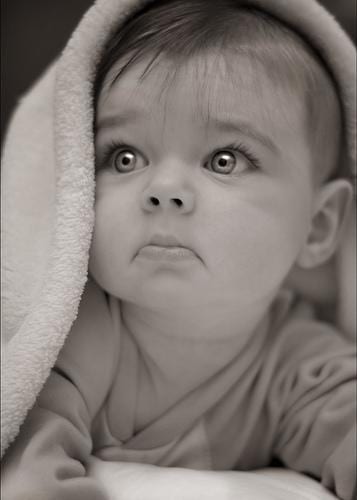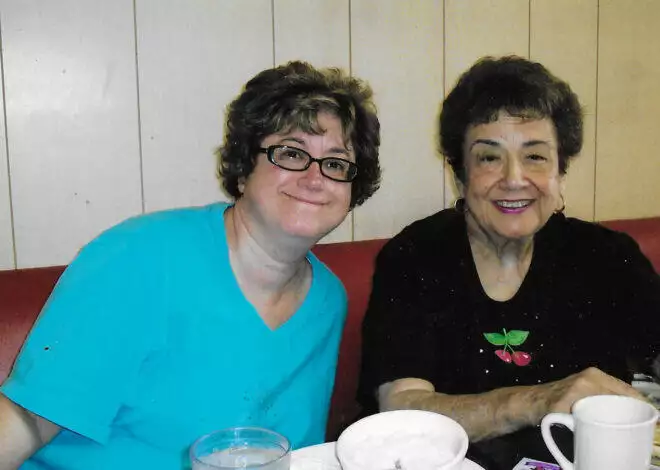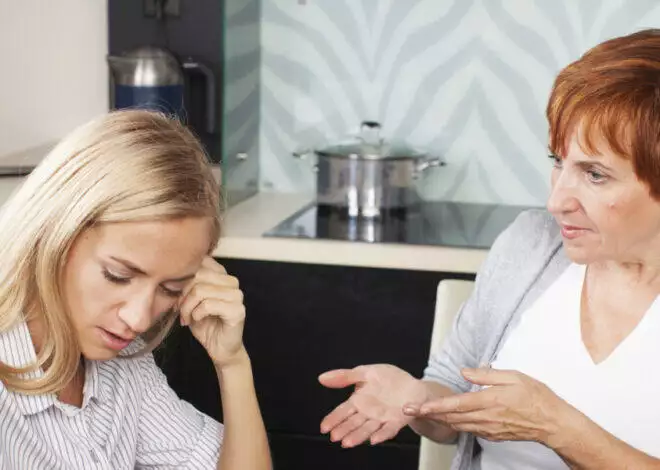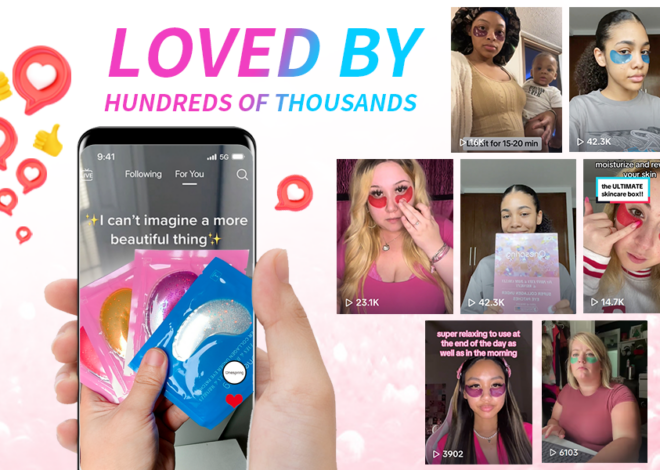An infant goes through astounding changes during the first 12 months of life. From basic reflexes at birth to spontaneous smiling to calling for Mama and Dada, a baby learns to identify, remember and assign meaning to the objects and people in her world. As she learns meaning and gains memory ability, she learns to communicate and interact with her world.
Birth to 2 Months
Various reflexes can be tested when babies are first born to identify an infant’s normal brain activity and nerve function. Reflexes that should be present at birth include the root reflex and the Moro, or startle, reflex. A normal root reflect means that when a baby’s cheek, side or mouth is lightly touched, the baby will turn her head and root in the direction of the stroking. The Moro reflex is the baby’s normal response to being startled: The baby throws back his head, flings out his arms and legs, cries and draws in his arms and legs. From simple reflex movement, babies begin a mental development that soon shows in conscious responses. As early as 1 or 2 months, a baby may smile or make faces (an O-shaped mouth, for example) in response to someone smiling or making faces. Babies will begin to follow objects with their eyes and respond to noise, either by startling, crying or simply looking in the direction from which the noise came.
2 to 4 Months
As brain development continues, babies learn to communicate more; spontaneous smiling, cooing and laughing are all a result of the mental growth that occurs from the second to fourth months. As babies learn to communicate, they also learn to notice things around them. By the fourth month, a baby might be able to pay attention to a small object, reach for an object and grasp an object. Grasping shows a good development in hand-eye coordination and the beginning of fine-motor skills.
4 to 7 Months
The ability to notice develops into the ability to differentiate between similar things. Between 4 and 7 months, baby will learn to tell Mommy’s voice from other voices and will respond to it differently. The ability to differentiate will also be expressed in communicative sounds that baby makes, as he starts making baby talk in addition to smiling, laughing, gurgling and cooing. Babies of this age will also begin to discover things they don’t like, such as having a toy taken away or having Mommy walk out the room. They are likely to begin crying when a toy is taken, will begin looking for a toy that is dropped, will work to get closer to an out-of-reach toy and may be able to pass at toy from one hand to another.
7 to 9 Months
Differentiating and noticing are the early stages of being able to remember and recall. The memory ability develops from 7 to 9 months for most babies. At this age, babies can learn repetitive motions (waving bye-bye, clapping hands, playing peekaboo) and be cued to do them. Babies will also being to make repetitive sounds, such as mama and dada, though usually indiscriminately at first.
9 to 12 Months
Memory expands into meaning during this part of a baby’s mental development. Infants of this age will begin to show understanding of the word "no," will be able to respond to simple commands, especially if accompanied by a hand gesture (saying, "Come," while motioning toward yourself), and may begin to say "Mama" or "Dada" at appropriate times. Communication expands during this period, as baby is learning the meanings and memorizing the sounds. Baby jabber will become more distinct, and baby will try to tell you something in the little language he has developed. Babies will often find ways beyond crying to indicate what they want during this period of growth. As they continue to develop their communication abilities, they will be able to learn simple signs, understand more commands, imitate gestures that you make and add words to their vocabulary.





